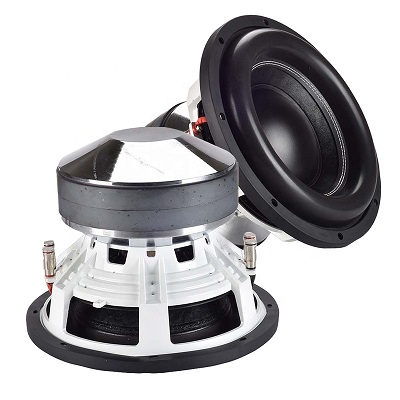Actually, the acoustic condition of the interior space is not so good. However, if you use the "sound tuning function", you can deal with the harmful effects. This series guides you on how to use it. Continuing from the previous time, I will explain the tips for setting the "equalizer" this time as well.
By the way, the "equalizer" is also a function for adjusting the disturbance of frequency characteristics, but it can also add flavor to the sound. Currently, I am introducing the specific technique.
This time, I will introduce the control technique of "midrange". The "midrange" often refers to the band from 200Hz to around 2kHz.
And the band up to around 800Hz is an important band that composes music. This is because it contains a lot of "fundamental tones", such as vocals that play the leading role, and instruments that play chords and take solos.
By the way, the "fundamental tone" refers to the component that determines the pitch. Then, a component called "overtone" is added to the "fundamental tone" to create a tone unique to each instrument. The "harmonic" is an integral multiple of the frequency of the "fundamental". Therefore, it is in the upper range that many "overtones" reverberate.
By the way, when you operate the knob of each band of "equalizer" in the "midrange", the sound changes as follows. First of all, the low band (about 250Hz to 500Hz) has a great influence on the "thickness" of the whole music. And the band above that (from around 500Hz to around 1kHz) has a large effect on the brightness of the sound.
![Music composition sounds are concentrated in the middle tone ... Equalizer [Sound tuning] 中音には楽曲構成音が集中…イコライザー[サウンドチューニング]](https://website-google-hk.oss-cn-hongkong.aliyuncs.com/drawing/article_results_9/2022/3/9/af2c910554e73aa8094b4156e4625484_1.jpeg)
![Music composition sounds are concentrated in the middle tone ... Equalizer [Sound tuning]](https://website-google-hk.oss-cn-hongkong.aliyuncs.com/drawing/article_results_9/2022/3/9/af2c910554e73aa8094b4156e4625484_0.jpeg)
That's why the band in the "midrange" has a sense of volume and tension when raised. Alternatively, the sound will be punchy. On the other hand, if you lower it, the volume will decrease and the sound will tend to be retracted.
How to Stay Sane Traveling with Other Families https://t.co/8N5onhx6qm via @wikiHow
— Scottie Howard Jr. Mon Oct 01 13:58:13 +0000 2018
Especially in the band slightly above 250Hz, the thickness of the stringed instrument increases by raising it. On the contrary, if you lower it, you may get a muffled feeling. This area may change depending on the completeness of the system and the sound source, so listen carefully to the sound and adjust it to your liking.
Also, in the band around 500Hz, the voice and the basic sound of the musical instrument are particularly concentrated, so raising it will increase the strength.
Also, in the range from 800Hz to around 1.5kHz, if you operate it in the upward direction, the presence of vocals and melody instruments will increase, and if it is a live sound source, it will also have the effect of enhancing applause and cheers.
However, it is NG to raise all bands unnecessarily just because you want these effects. And even if you raise it partially, it is better to raise it sparingly. The deviation from the original sound can be reduced.
Alternatively, if you try lowering the bands before and after the band you want to raise, the effect obtained by raising it may appear. I also want to actively use the "lower" operation in this way.
That's all for this time. Next time, I will explain how to adjust the "treble range". looking forward to.
![[Denon new product] 13.2 ch AV surround amplifier "AVC-X8500HA" [Denon new product] 13.2 ch AV surround amplifier "AVC-X8500HA"](https://website-google-hk.oss-cn-hongkong.aliyuncs.com/drawing/article_results_9/2022/3/9/ad745d22fd0d603784e2e2dcbb6e3aab_0.jpeg)

